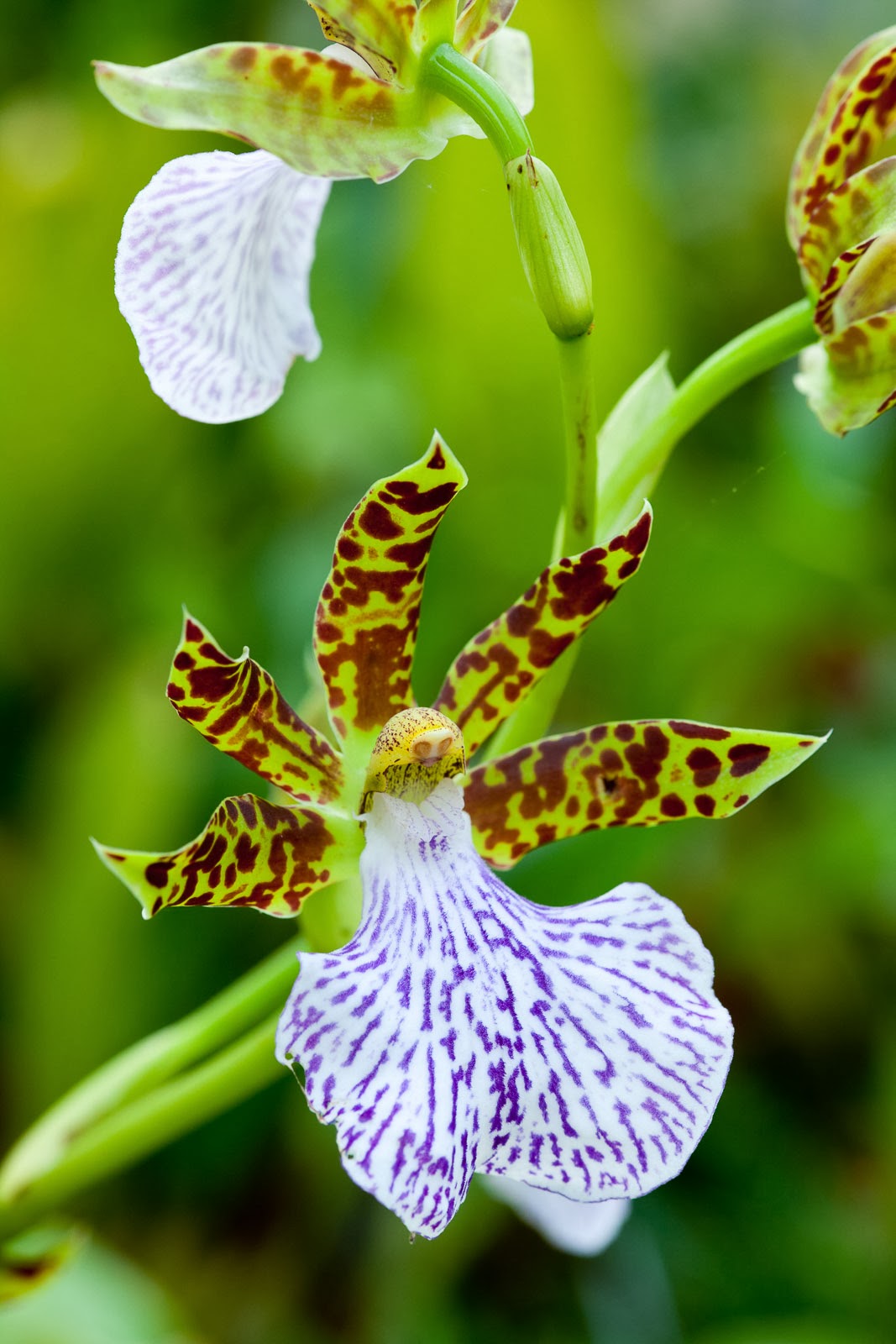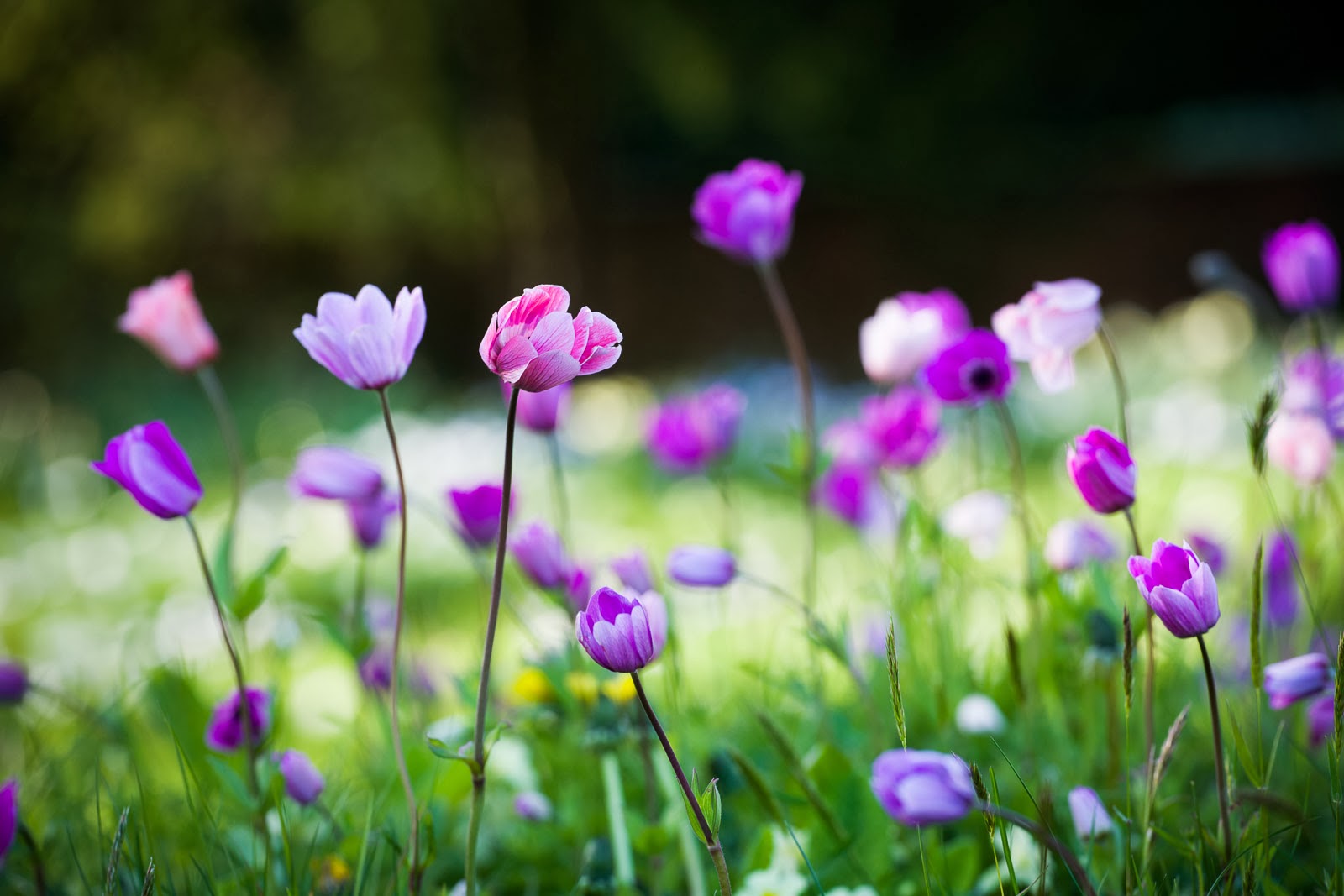It was nearly a year ago when I first emailed professional photographer Mark Bolton about an interview. He’s a busy man. However, last week our schedules finally meshed and we got to chat on the phone about his lifelong passion for photography, his love of gardens and his long-time connection with the Botanic Garden.
Of course, before I spoke with Mark, I had a thorough look at his website (www.markboltonphotography.co.uk), trying to glean as many details about him as possible so as not to waste too much of his time. There is, as one would expect, an outstanding portfolio of his commercial photography – extravagant hotel interiors, delicious food, immaculate homes and exquisite gardens. However, it is the images under his “personal” tab that have me intrigued and perhaps provide a glimpse into the man behind the camera – a traveller, a cider-lover, and a gardener. There are images of frequent visits to East Prawle that spark a thousand questions in my mind: I want to know the lady in the outrageously colourful camper and what the man with the binoculars is looking at…and tell me the story behind that dog! I’m looking forward to the interview.
A lifelong passion

View of the Holmes. Photo by Mark Bolton.

Mark has been a professional photographer for over 20 years and photography has been a passion for as long as he can remember.
“My dad gave me a camera when I was a young teenager”, said Mark, “and I never really wanted to do anything else.”
Mark started off as an assistant to a well-known interior photographer. However, he quickly realised that the same magazines that were buying the house and home interior shots were also looking for garden images. As he had always been inspired by nature, he thought he would have a go at garden photography.
Connections to the Botanic Garden
As with any skill, photography takes practice. Being Bristol-based, Mark started to go to the Botanic Garden at the Bracken Hill site to practice photographing plants.
“I used to go almost every day,” said Mark. “I would go in early in the morning before anyone got there and when the light was best.”
Mark hesitantly admits that he misses the Bracken Hill location – an emotional tie to the place where his successful career blossomed (that’s my awful pun…not his). Today, Mark is still a frequent early-morning visitor to the Botanic Gardens. Each visit presents itself with different light, different backgrounds, and seasonal changes that create new opportunities for photography.
It was also Mark’s familiarity with the garden that prompted him to suggest to his dad, Colin, that he consider becoming a volunteer gardener. Colin has now been volunteering with the garden for ten years.
The challenges of garden photography

Frosty flowers. Photo by Mark Bolton.

Before I even get to ask the obvious question about the challenges of garden photography, Mark starts to tell me how the market has changed over the years. When he started out it was easy to sell garden images. However the internet, the move to digital platforms and a plethora of amateur and semi-pro garden photographers has changed the game, diminishing that particular income stream.
Aside from the greatest challenge of making money doing it, garden photographers must also face the elements. Having experienced significant hail storms and veritable downpours in the last 24 hours, I would imagine that working in the UK can be particularly frustrating at times.
However, it is the garden photography that he loves, and Mark hopes to do more in the coming year. When compared with some of the other commercial work that he does, Mark says that with garden photography “there’s no styling – you just have to look for the picture”.
Mark’s second office
During the busy season between April and October, Mark spends at least three days a week out photographing. Then there is considerable time spent at his computer processing the images. Whatever time he has left Mark spends at his second office – his allotment.
“Photography is not a 9 to 5 job,” said Mark. “I always have a camera with me.”
Even at the allotment. In fact, Mark admits that he will plant things with a view of making a picture – considering aesthetics as much as the practical needs of the plants.
The details

Mark visits the Botanic Garden in the early morning, before
visitors arrive and when the lighting is better.
Photo by Mark Bolton.

visitors arrive and when the lighting is better.
Photo by Mark Bolton.
I couldn’t possibly write a post about photography without satisfying the needs of those wanting the technical details…so here they are. Mark’s equipment of choice at the moment is a Canon EOS 6D with a mix of lenses, but for a lot of his garden work he uses a 100 mm macro lens. Other than that, his equipment list essentially consists of the mandatory tripod and a piece of small white card for adding some reflective light when necessary.
Though it’s unlikely that you’ll get to see Mark practicing his art in the garden as he has usually come and gone before it’s open to the public – you can see some of his work on his website and in any number of publications such as The Telegraph, The Guardian, Homes and Gardens, House and Garden, and Country Living (to name only a few). He has also been kind enough to share some of his work from the garden for this blog post…so, please enjoy!
 |
| Photo by Mark Bolton. |
 |
| Photo by Mark Bolton. |




